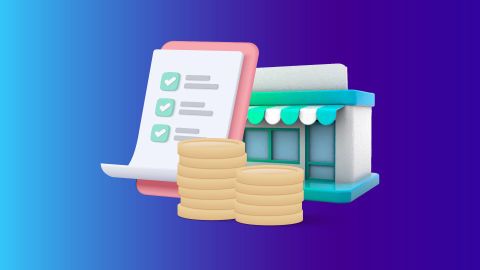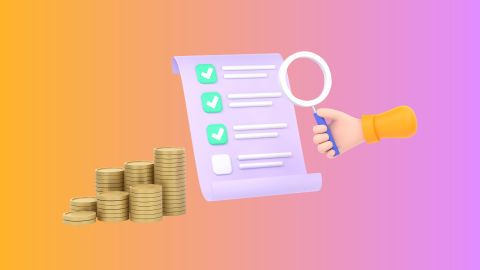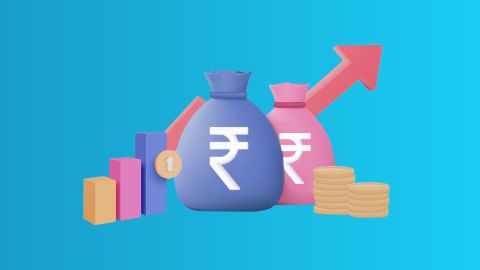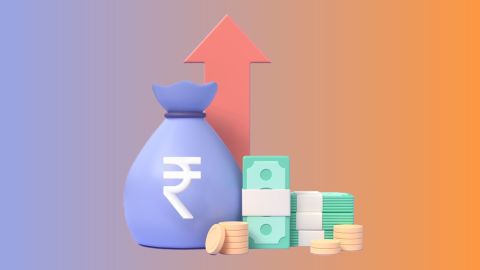Types of short-term debt
- Accounts payable: This represents money owed to suppliers for goods or services received but not yet paid for. It is a common form of short-term debt that businesses use to manage their working capital.
- Short-term loans: These are loans that must be repaid within a year. They are often used to finance immediate needs, such as purchasing inventory or covering operational expenses.
- Credit lines: Businesses often use revolving credit lines as a flexible form of short-term debt to manage cash flow or finance working capital. These lines of credit can be drawn upon as needed and repaid within the agreed terms.
- Accrued expenses: These are liabilities that have been incurred but not yet paid, such as wages, taxes, or interest payments. Accrued expenses must be settled within a short period, usually within the fiscal year. To understand how to manage these expenses effectively, it's important to have a solid grasp of capital structure.
Short-term Debt Examples
Short-term debt refers to financial obligations that a company must settle within a year. It can take various forms, each playing a role in managing day-to-day operations. Some of the most common examples include:
- Accounts payable: This includes outstanding payments for goods or services purchased on credit, such as inventory from suppliers. It also covers regular operational expenses like utility bills, rent, and vendor payments.
- Salaries and wages: Employee salaries and wages that are due within the financial year fall under short-term debt, as they represent ongoing operational liabilities.
- Taxes due: This includes any unpaid local, state, or central taxes that a company is required to pay within the current year.
- Lease payments: Many businesses lease office spaces, equipment, or vehicles. Any lease payments scheduled within the next 12 months are considered part of short-term debt.
- Short-term loans: These are loans taken from banks or financial institutions, typically to cover cash flow gaps. For example, a business might take a 90-day loan to meet immediate expenses when collections are delayed.
- Commercial paper: Instead of borrowing from banks, some companies issue unsecured promissory notes known as commercial paper. These are typically repayable within nine months and are a flexible alternative for meeting short-term funding needs.
- Stock dividends payable: When a company declares dividends to shareholders but hasn't paid them yet, the amount due is recorded as short-term debt until disbursed.
Financial metrics for assessing short-term debt
To evaluate a company’s financial health and ability to manage short-term liabilities, analysts rely on key financial ratios. Two of the most common measures are the current ratio and the working capital ratio.
Current ratio: This ratio is calculated by dividing a company’s current assets by its current liabilities. It shows how effectively a business can meet its short-term debt obligations using its liquid assets. A current ratio of 1.0 means the company’s assets are just enough to cover its liabilities, while a ratio above 1.0 indicates that the firm has sufficient liquidity to handle its short-term debts.
Working capital ratio: This ratio is determined by subtracting current liabilities from current assets. A positive result suggests that the company has extra capital available after covering its short-term obligations, reflecting financial stability and sound cash flow management.
How to pay off short-term debt?
Paying off short-term debt requires strategic financial planning and disciplined execution. Start by prioritising debts with the highest interest rates, as they tend to accumulate faster. Consolidate multiple debts into a single loan if possible, to simplify repayment and potentially lower the interest rate. Establish a budget that allocates a specific portion of income towards debt repayment, ensuring consistent progress. It is also advisable to negotiate with creditors for better terms or lower interest rates, especially if you’re facing financial difficulties. Selling non-essential assets can provide additional funds to reduce outstanding liabilities. Moreover, maintaining a healthy cash flow is essential; avoid taking on new debt unless it is necessary. By focusing on these strategies, you can gradually reduce your short-term debt and improve your overall financial health. The ability to adapt to changes in the business environment can play a key role in successfully managing debt repayment.
What are the pros and cons of short-term debt?
Pros of short-term debt:
- Quick access to funds: Short-term debt provides immediate access to funds, enabling businesses to address urgent financial needs without delays.
- Flexible financing: Many short-term debt instruments, like credit lines, offer flexibility in how and when funds are used, which is ideal for managing working capital.
- Lower interest costs: Since the repayment period is shorter, the total interest paid on short-term debt is often less compared to long-term loans.
Cons of short-term debt:
- Frequent repayments: The need to repay short-term debt within a year can strain cash flow, especially if the business has limited liquidity.
- Higher interest rates: Although the total interest paid may be lower, short-term loans often come with higher interest rates, making them more expensive if not managed well.
- Credit risk: Relying heavily on short-term debt can increase credit risk, particularly if the business struggles to meet its repayment obligations, potentially affecting its ability to secure future financing. It's important to understand the fundamentals of entrepreneurship and how to make sustainable financial decisions.
Conclusion
Short-term debt plays a vital role in managing the financial needs of businesses and individuals, offering quick access to funds and helping maintain liquidity. However, it requires careful management to avoid challenges like cash flow strain and higher credit risk.
By understanding the various types of short-term debt, their examples, and effective repayment strategies, businesses can make informed financial decisions. It’s also important to assess the pros and cons of short-term borrowing, as it influences overall financial stability and growth.
For those exploring financing alternatives, a well-structured business loan from Bajaj Finance can be a more sustainable choice. With competitive business loan interest rate, quick approvals, and flexible repayment options, it helps businesses manage working capital efficiently while maintaining financial stability.






